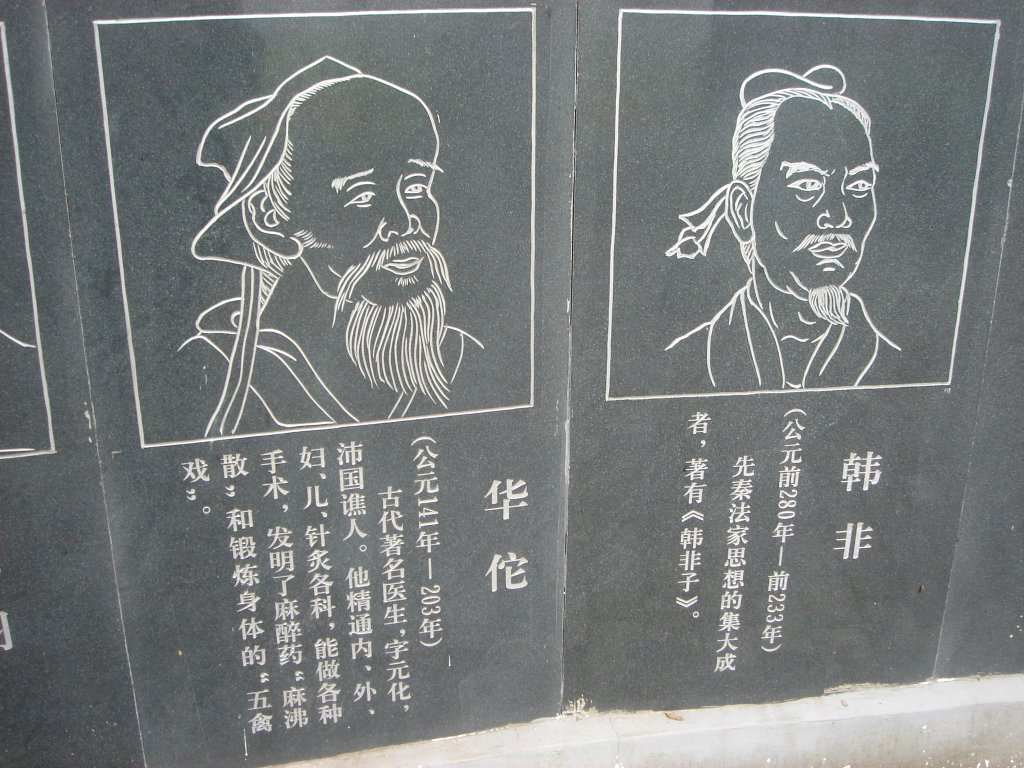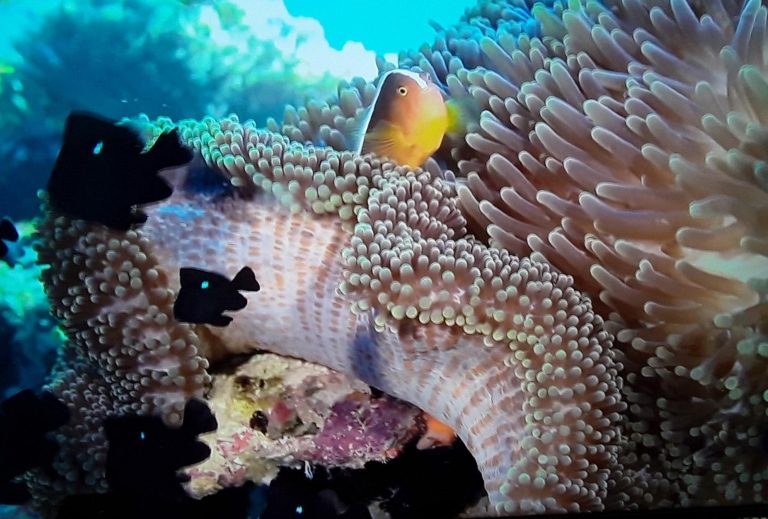Great practitioners of traditional Chinese medicine (TCM) are often great martial artists. Those who practice both medicine and martial arts can be traced back as far as Hua Tuo (華佗), probably the most well-known doctor in China from the Eastern Han Dynasty (25–220). Hua Tuo invented the “Five Animal Exercise (五禽戲 wu qin xi),” regarded as the earliest form of Medical Qigong in Chinese history. In the Tang Dynasty, Sun Simiao (孙思邈, 581~682 ), known as King of Medicine, was said to be proficient in martial arts as well. He used to cure shoulder paralysis with One Finger Point Pressure method (一指點穴法).
Orthopedic medicine and acupuncture in TCM closely related to martial arts
In the scope of TCM, orthopedic medicine and acupuncture are closely related to martial arts. Most martial artists practice some kind of physical combat. Given their frequent injuries, martial artists have developed and categorized a set of bone injury treatments and methods. Orthopedic medicine and martial arts compliment each other, driving each other’s growth and development.
While martial arts injuries have created clinical opportunities for the development and innovation of orthopedic science, TCM remedies offer martial artists both protection and treatment. By using therapies such as medicinal bath and acupuncture, which can soothe the meridians, activate blood, relieve fatigue, and eliminate inflammation, martial artists can still increase their energy and advance. When they push themselves to the point of injury, TMC is challenged with finding new medicinal treatments.
A more recent figure in the history of martial arts and acupuncture is the great Master Huang Shiping (黄石屏, 1850—1917). There was a military official, Yuan Shikai (袁世凯), who ended the last dynasty in China, but later declared himself to be the emperor and failed miserably. When he suffered from migraines, no doctors could help him until Master Huang came along. With a single needle, Huang was able to stop the headache. In addition to being an acupuncturist, Mr. Huang was also a great martial artist and qigong master. By combining martial arts and qigong in acupuncture, he achieved twice the effect with half the effort. Huang’s grandfather and father were both martial arts masters, and he had learned from them since he was a child.

Success
You are now signed up for our newsletter
Success
Check your email to complete sign up
According to the book “Huang’s Family Acupuncture,” Huang’s method of acupuncture required one to be proficient in Shaolin (少林) boxing and internal and external qigong. This enables one to transport the essence, qi and spirit (精氣神, Jīng qì shén) of the entire body onto two fingers. The two fingers hold the acupuncture needle, and when thus applied to the patient, the results are miraculous.
Why can the combination of martial arts and qigong acupuncture be so effective? It is said that the more energy vibrating in the needles, the more impact they have on the body’s meridians and blood, and the more quickly they can stimulate the body’s natural healing abilities and immunity. The higher level of energy found in qigong masters can be demonstrated in simply comparing a punch of theirs with that of an ordinary person. The speed and power of the punch differ tremendously.
Shared terms and concepts between TCM and martial arts
Chinese medicine and martial arts have many other links in theory and practice. In the process of practicing martial arts, the path of transporting the essence and energy follows the meridian system of Chinese medicine. The Great Heavenly Circuit of martial arts matches TMC’s circulation of the twelve main meridians in the human body, and the Small Heavenly Circuit is the circulation of the Ren (任Rèn)and Du (督Dū)meridians. The “three treasures” of martial arts, representing the essence, qi, and spirit, are terms from traditional Chinese medicine.
The names of many martial arts movements are derived from the characteristics and cultural elements of TCM, like “Qi sinking into the Dantian (丹田).” The places called “vitals” that martial artists strike are actually the major acupuncture points of the human body where the nerves meet and gather.
Martial artists also pay attention to the five elements (五行 wu xing), yin and yang (陰陽), meridians, nutrition, and medicine, all of which are inherent in the traditions of Chinese medicine.
In the process of treating diseases, TCM practitioners have also borrowed and applied relevant content from martial arts, such as acupuncture point therapy, guidance therapy, correction therapy, and exercise therapy. Martial arts has even become a key treatment method used in TCM.















